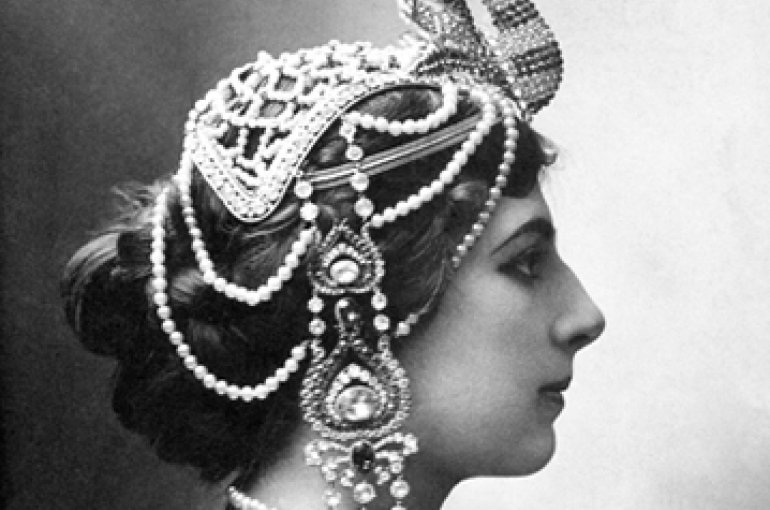Marijke Huisman speaks with New York Times about Mata Hari

Dr. Marijke Huisman (Cultural History) spoke with the New York Times International about the famous Dutch performer-turned-spy Mata Hari. Huisman has previously written a biography on Mata Hari titled Mata Hari: de levende legende (Uitgeverij Verloren, 1998).

A new ballet about Mata Hari by the Dutch National Ballet (currently running in Amsterdam) was the reason for the Times-article, which focused both on the ballet and Mata Hari's life. About her fame, Huisman says: “She was a first to dance these oriental dances. And they were also very innovative because she was almost naked. A lot of the appeal or success can be explained by a general interest in orientalism, but also to just plain sex.” In later life, after her popularity had waned somewhat, Mata Hari became a spy (allegedly) for both the German and the French sides in World War I. Her name is often taken up in later times, Huisman explains, for commercial purposes and otherwise: “During the Cold War, for example, there were all sorts of narratives based on Mata Hari and other attractive ladies who spied.”

